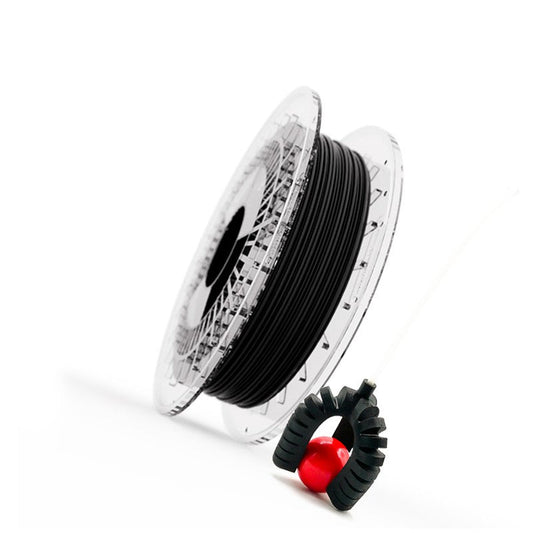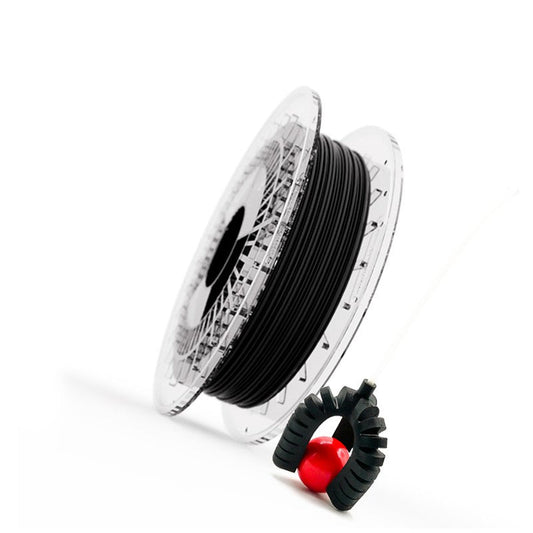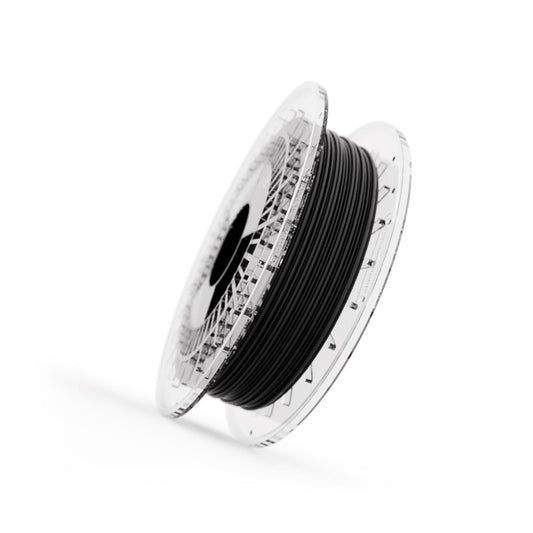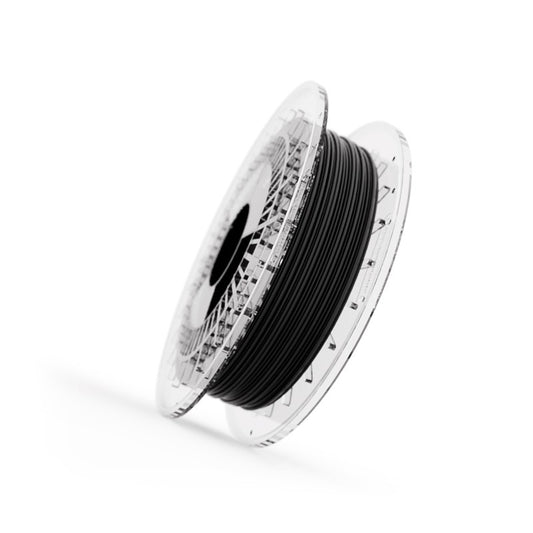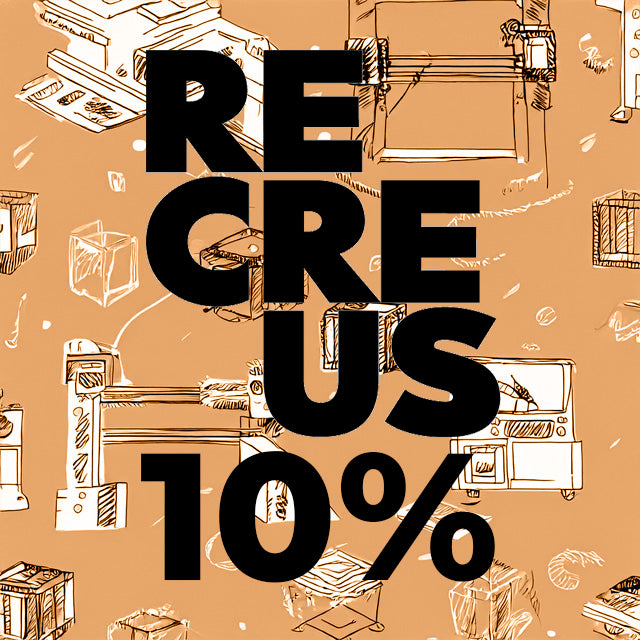#TIPs | Improved adhesion when printing with PP·3D
Improved adhesion when printing with PP·3D
When printing with PP·3D polypropylene filament, achieving optimal adhesion can be crucial for your prints' success. Despite using the included primer or adhesive, some geometries and surface areas may require additional techniques to prevent warping. Here are some essential tips to enhance your printing experience with PP·3D!

Understanding Warping
Warping is the shrinkage that occurs at the corners of the printed part, causing them to lift and lose adherence to the print bed. This common issue is particularly important when working with PP·3D.
This shrinkage phenomenon is caused by temperature variations during the printing process:
- The filament exits the extruder at 230ºC
- It contacts the bed at 40ºC
- Finally cools to room temperature
These temperature changes create material shrinkage that starts from the center of the piece and affects the corners, causing them to lift.
3 Essential Settings for Better PP·3D Adhesion
1. Using the 'Brim' Support Technique
Increase your bed adhesion surface by configuring a brim in your slicer:
- In Cura, locate the 'Build Plate Adhesion' parameter
- Select the 'Brim' option
- This creates an additional first layer around your model for improved adhesion


2. Optimizing First Layer Settings
Configure these specific parameters for your initial layer:
- Layer Height: Reduce to 0.15 mm
- Temperature: Increase by 10ºC above normal printing temperature


3. Adjusting Initial Layer Line Width
In Cura slicer, modify the 'Initial Layer Line Width' parameter:
- Increase the setting by 10%
- This creates thicker lines in the first layer
- Results in stronger bed adhesion

Final Thoughts
By implementing these three simple yet effective settings, you'll notice a significant improvement in the adhesion of your PP·3D prints. Remember to always use these settings in combination with the primer included in your PP·3D filament package for optimal results.





